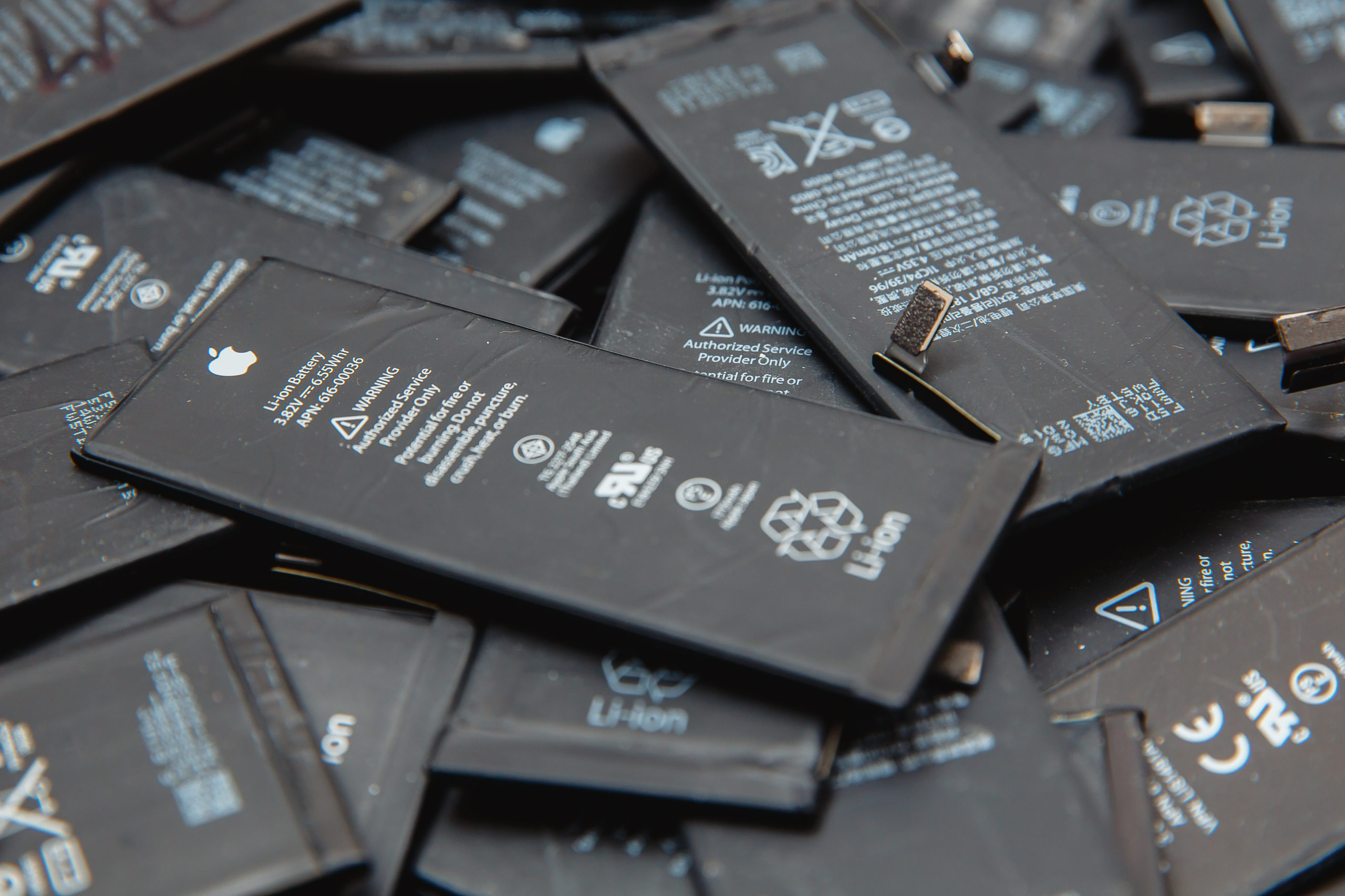Following the release of a report by US Vanadium, demonstrating the successful recycling of used flow battery electrolyte, this blog post looks to explore the issue of recycling within the battery space. Read on to find out more about why battery recycling is becoming an increasingly urgent, global issue and to understand more about the role that Vanadium Flow Batteries (VFBs) have to play in the solution.
Climbing a mountain (of battery waste)
Battery waste is a big problem. By 2030, the world will be generating 2 million metric tonnes of used lithium-ion (Li-ion) batteries each year – roughly the weight of six Empire State Buildings or 20,000 Blue Whales.
Clearly, with so much potentially hazardous waste produced each year – batteries have been known to cause fires at landfill sites – its no wonder that the issue of safe disposal and recycling of degraded lithium-ion batteries is fast becoming a key area of concern for battery asset owners, project developers and regulatory bodies the world over.
Today, less than 5% of lithium-ion batteries are actually recycled, with no clear path to large scale, economic recycling which can keep pace with the growing demand for these batteries in the Electric Vehicle (EV) and consumer electronics sectors. Whilst a number of novel solutions have been proposed, including so-called “second life” batteries (recommissioning depleted EV batteries), they either serve to merely delay the inevitable requirement for disposal or are not at a sufficiently advanced development stage to be in a position to arrest the issue in a meaningful way.

Above: Electrical waste in landfill, containing potentially hazardous lithium-ion batteries
Counting the cost of lithium-ion degradation
The situation represents challenges for a wide range of stakeholders. Clearly, manufacturers of EVs and mass-produced consumer electronics will have to act fast (and to some extent are already doing so), but this issue crosses over into the stationary energy storage market too. Major uncertainties exist over costs of, and responsibilities for battery disposal as governments rush to implement policies designed to distribute externalities fairly across all stakeholders.
Lithium-ion batteries will likely continue to play a vital role in certain applications for many years to come. However, in order to address the fundamental issue of battery waste, other more readily recyclable technologies must be considered, especially in terms of the large-scale stationary energy deployments which will be required to support our global transition to ‘baseload’ renewable energy (check out another of our blogs to learn more about this). Vanadium Flow Batteries (VFBs) represent a robust, mature and versatile option here that is highly recyclable and can work both instead of and alongside lithium-ion batteries in stationary energy storage applications (you can learn more about where flow batteries ‘fit’ in the energy storage landscape in our blog post here).
How recyclable are Vanadium Flow Batteries?
Vanadium Flow Batteries (VFBs) are one of the most recyclable types of battery available today. Composed mainly of recyclable alloys, plastics and generic, off-the-shelf electronics, the vast majority of vanadium flow battery components can be readily recycled. Invinity’s vanadium flow batteries also don’t use so-called ‘conflict’ elements as cathode materials such as cobalt, a major drawback to certain Li-ion battery chemistries.
Fundamental to the key benefits of a VFB is the vanadium electrolyte, which typically makes up around 1/3 of the total system (although this varies from project to project). Due to the multi-valent properties of vanadium (you can learn more about the electrochemistry behind a VFB here), Invinity’s battery electrolyte never degrades, allowing the battery to be utilised extremely heavily, without fear of needing to replace the battery after a few years. This makes VFBs ideal for use alongside renewables such as solar and wind or as trading assets on the wholesale energy market. To top it off, VFBs do not suffer from thermal runaway and the electrolyte itself is non-flammable.
This recent study by US Vanadium proves the recyclability and reusability of the electrolyte that makes up a significant proportion of Invinity’s batteries. Having taken electrolyte that had been cycled many times in an Invinity flow battery, the US Vanadium team were successful in recovering approximately 97% of vanadium from that solution as part of a process which has been documented as part of the study.
In summary, battery disposal and recycling costs are increasingly being considered by those developing, maintaining and financing large-scale battery projects. Whilst Li-ion are likely to continue to play a significant part of EV and consumer electronics supply chains, the options for large-scale stationary storage applications are more numerous, with easily recyclable, durable, vanadium flow batteries playing a growing role in our future energy system as developers increasingly look to price in uncertainties around Li-ion disposal costs to their projects at the outset.